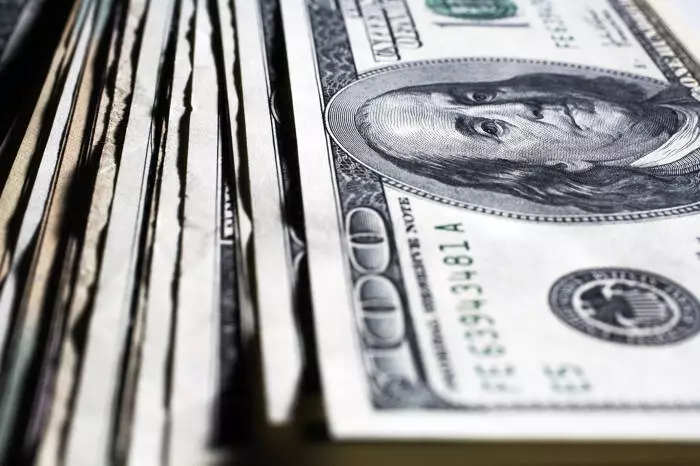The economic environment in the United States has been significantly shaped by governmental policies and external factors over the past few years. The approaches taken during the Trump administration and continuing into the Biden administration reveal much about how economic strategies can lead to complex outcomes, particularly regarding inflation and employment. This article will dissect the layers of these economic changes, their causes, and potential implications for the future.
As the COVID-19 pandemic struck, the Trump administration embarked on a series of stimulus measures aimed at buffering the economic fallout for households and businesses. Initially, these efforts were effective in propelling economic activity, but they also set the stage for rising inflation. By the time President Biden took office, the residual effects of both the pandemic and the previous administration’s stimulus initiatives had already initiated a climb in prices, exacerbated by continued federal intervention.
The complexity of the inflationary environment was compounded further by ongoing supply chain disruptions and geopolitical tensions, notably the Russia-Ukraine conflict. These elements contributed to rising oil prices, which acted as an accelerant to inflation. When Biden’s administration rolled out stimulus initiatives of its own—most prominently, the Inflation Reduction Act of 2022—the objective was clear: stabilize the economy, lower prescription drug costs, and invest in renewable energy.
Decisive Actions: The Federal Reserve and Interest Rates
As inflation peaked in 2022, the Federal Open Market Committee (FOMC) initiated a series of aggressive interest rate hikes—11 in total across a two-year span. The aim was straightforward: return inflation to a manageable rate of around 2%. This scenario showcases a classic tension within economic policy between stimulating growth and controlling inflation. With inflation currently at 3.4%, market analysts find themselves embroiled in debates regarding the Federal Reserve’s next steps, particularly with rate cuts impending in 2024, a year poised to bring further scrutiny as Biden completes his term.
These complicated dynamics have resulted in notable fluctuations in financial markets, particularly in stocks and commodities. When the Fed decided to implement the first rate cut in September 2024, the reaction across various sectors reflected an underlying uncertainty about the broader economic trajectory.
A comparative look at job markets under the Trump and Biden administrations reveals distinct narratives. Under former President Trump, job openings initially saw a steady increase, reaching a high of 7.6 million. However, this was followed by a decrease leading up to the pandemic, which almost obliterated job opportunities across the nation. In contrast, the Biden administration witnessed a remarkable recovery in job openings, peaking at a staggering 12 million in March 2022, my assertion of the post-pandemic economic resurgence and effective fiscal policies, such as the American Rescue Plan Act.
This remarkable increase in job openings during Biden’s presidency hints at a more robust recovery trajectory. However, it’s crucial to recognize the volatility present in job statistics. By late 2022 and into 2023, job openings had waned to about 9 million, suggesting the employment landscape remains fluid, affected by ongoing economic shifts and unforeseen global events.
An analysis of the U.S. Dollar Index’s technical outlook provides insights into the economic ramifications of these factors. Following a breakout from a long-term downtrend during Obama’s tenure, the U.S. dollar experienced fluctuations, culminating in a recent rally during Biden’s administration amid inflationary pressures. This situation reveals an index currently battling against significant resistance levels while navigating broader market volatility.
As recent trends indicate a potential return to significant support levels, the formation of a double top pattern around the 107 threshold signals potential weakness ahead for the dollar. Moreover, the additional volatility resulting from the Federal Reserve’s recent rate reductions adds layers of complexity to this outlook.
Overall, as the U.S. grapples with the consequences of pandemic-induced policies and ongoing geopolitical issues, the economic road ahead remains uncertain. The mixed signals from inflation rates, job openings, and currency strength suggest a critical juncture for policymakers and economic stakeholders alike, emphasizing the need for adaptive strategies in a rapidly changing economic landscape.


Leave a Reply